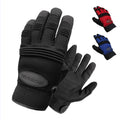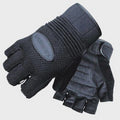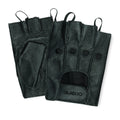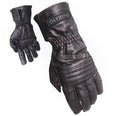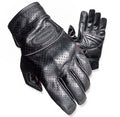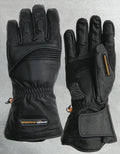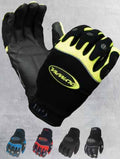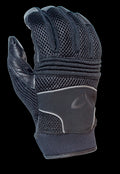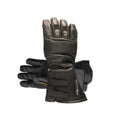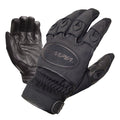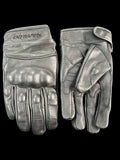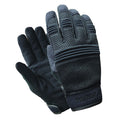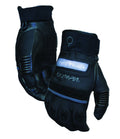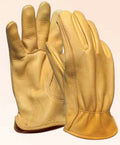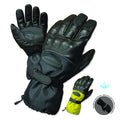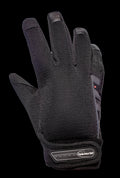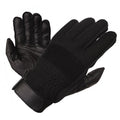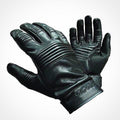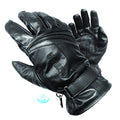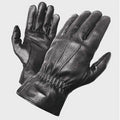3 Keys To Making A Leather Glove That Fits And Feels Right
Posted by ROGER HEUMANN
We all know the expression “fits like a glove”.
There’s an art to making leather gloves that fit, and a science to it as well.
A well-cut glove will have a nice snug fit, feel comfortable as you open and close your hand, and will perform well during normal use.
To achieve this,
- The glove must be crafted from a glove leather, well-suited to the end use.
- It must be manufactured according to time-tested glove-making practices.
Unfortunately, lots of gloves don’t live up to that expression. In fact, the most common complaint about gloves is poor fit!
On a poorly cut glove:
- The fingers can be too long or too short
- The thumb crotch too tight
- The wrist closure misplaced, and so on.
Let’s take a closer look at what achieved the right fit and feel actually entails.
3 Keys to Achieving Desired Fit and Feel
1. Start With “Glove Leather”
Leather gloves should be made from specific, glove-tanned leather, to achieve the desired fit and feel:
- Glove leather (or gloving leather) is specific for its ability to accommodate the natural movement of the hand as it flexes, i.e., it has the right stretch to width.
2. Match Leather to Intended Use
To say there are many choices when it comes to glove leathers is an understatement! Choose a leather that fits not only the price point, but the end use of the finished product.
For instance: Suppose you wanted to make a premium golf glove?
- We might choose Cabretta sheepskin leather, which feels luxurious on the hand, and is very soft and stretchable. While costly, it can be used strategically, and combined with other materials for a high performing glove.
- By comparison, for a motor sport glove, we might choose premium quality drum dyed cowhide, known for its durability and abrasion resistance.
Choose the right leather based on both price and performance (thickness, durability, softness, abrasion, etc.) considerations.
3. Employ Glove Manufacturing “Best Practices”
- Ask your manufacturer how your glove pattern will be created and what it is based on. Use time-tested glove patterns for best glove fit.
- Use steel dies for cutting, to ensure a more precise cut, and consistent glove fit.
- Build in quality assurance at key points in production, to assure consistent quality finish and fit.
Here are some glove manufacturing best practices, to optimize profitability:
-
Inspect incoming leather to make sure what is received in the factory matches the specification.
Make sure that you get what you paid for, in terms of grade, origin, and other specs. - Make sure table cutters and sewers have deep leather experience, to maximize yield and minimize waste, for better profit margins. Leather is a significant part of glove cost, and is too precious to waste!
On balance, a well-cut glove is just what it sounds like … it moves with the hand, is extremely comfortable, and … well, “fits like a glove”.
More Questions on Leather Glove Fit and Feel?
G

3.To troubleshoot glove quality or consumer satisfaction issues: A case study about how quality was improved for a motor sports glove, reducing returns.
Request A Quote
click here
For a Glove Consultation
click here
TAGS:



